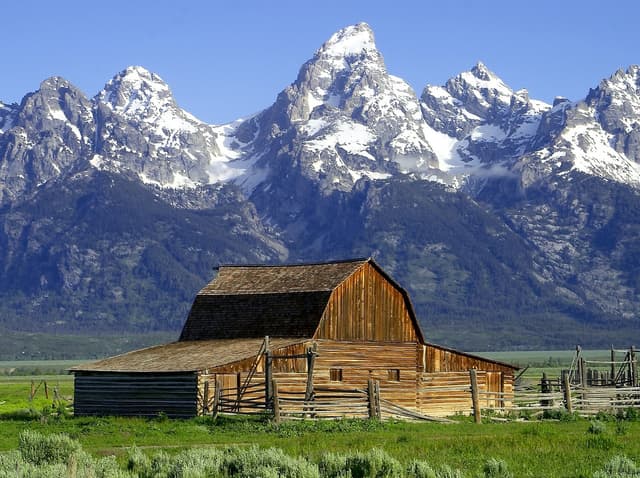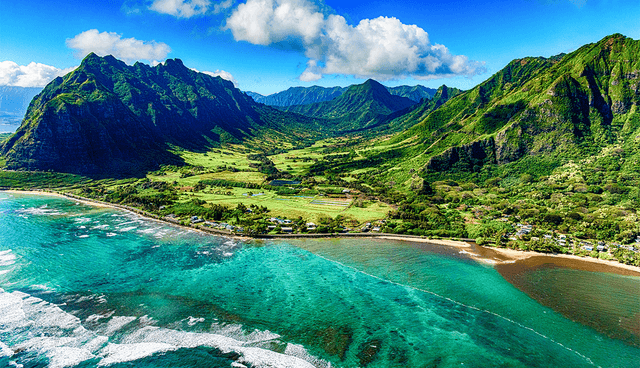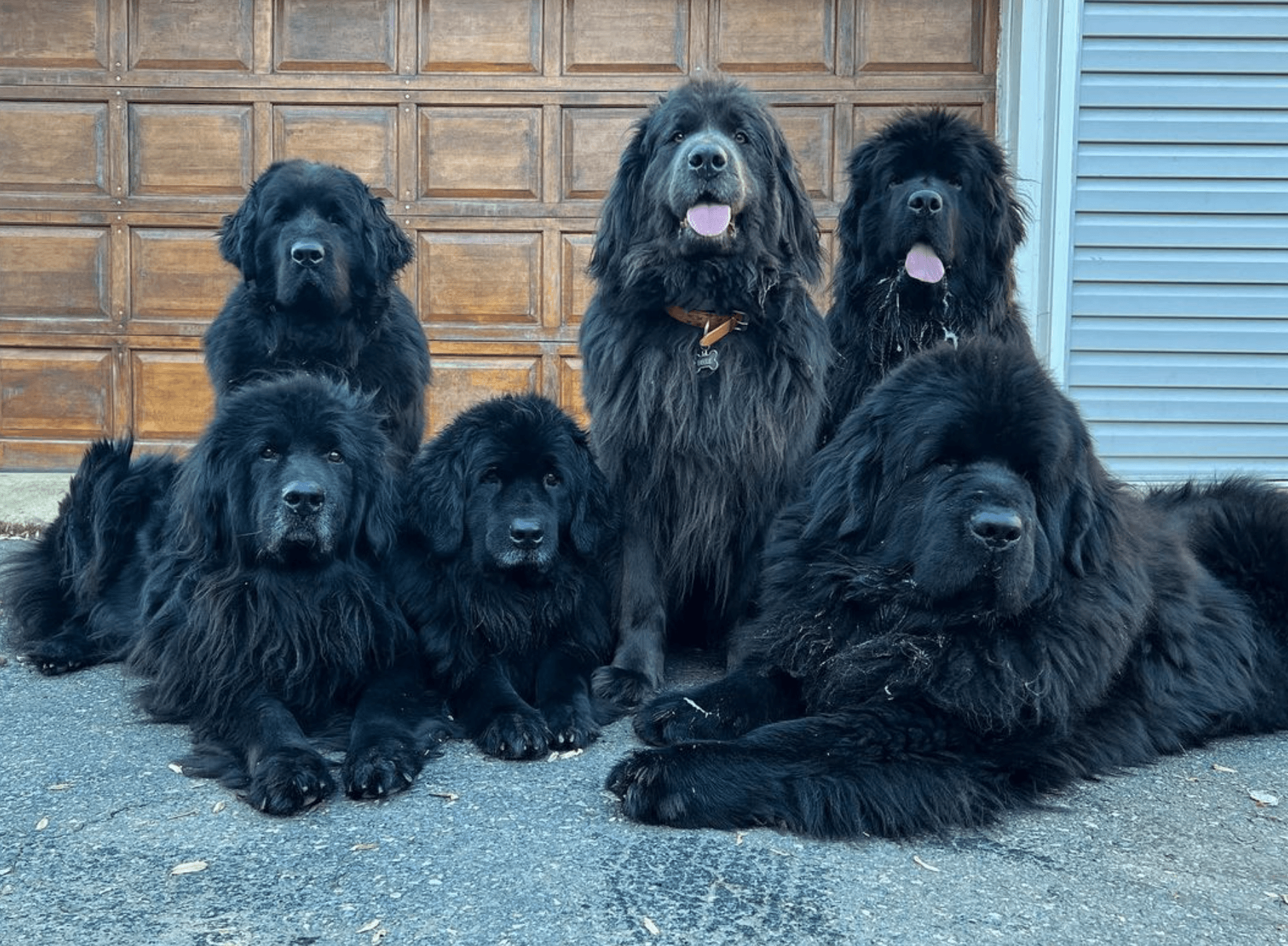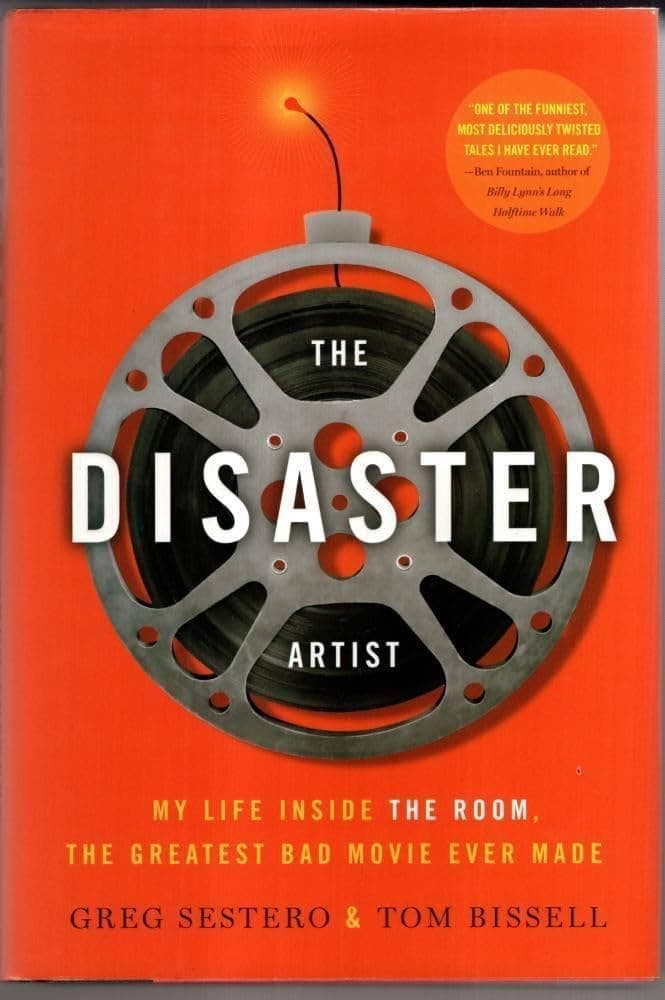Wyoming vs. Hawaii
Wyoming
The most rectangular of them all. But seriously, it's a great state! Lots and lots of nature, plenty of mountains and bisons. It is also home to Yellowstone National Park, the first national park in the U.S.
Hawaii
Very tropical and chill state. Better than the rest of them.
Reviews
Reviews
| Item | Votes | Upvote |
|---|---|---|
| Bisons | 1 | |
| Mountains | 1 |
| Item | Votes | Upvote |
|---|---|---|
| No cons yet, would you like to add one? | ||
| Item | Votes | Upvote |
|---|---|---|
| Tropical | 2 | |
| Surfing | 2 | |
| Amazing culture | 1 |
| Item | Votes | Upvote |
|---|---|---|
| Expensive | 1 |
Frequently Asked Questions
Hawaii offers tropical outdoor activities like surfing and exploring its unique culture, while Wyoming is known for its mountainous terrain, bisons, and the famous Yellowstone National Park. If you prefer beach and water activities, Hawaii might be better for you. On the other hand, if you enjoy mountainous landscapes and wildlife, Wyoming could be more appealing.
Hawaii is known to be an expensive place to live, largely due to its remote location and high cost of imported goods. Wyoming, conversely, tends to have a lower cost of living, making it more affordable for long-term residence.
Hawaii offers a rich cultural experience with its unique blend of native Hawaiian traditions, music, dance, and cuisine. Wyoming, while rich in natural beauty and historical significance, particularly with places like Yellowstone National Park, does not have the same level of cultural diversity and activities as Hawaii.
Pros of Wyoming include its abundant nature, numerous mountains, and the presence of bisons. Additionally, Wyoming is home to Yellowstone National Park, the first national park in the U.S. Currently, there are no listed cons for Wyoming.
Wyoming is known for its vast natural landscapes, including numerous mountains and an abundance of wildlife such as bisons. It is also famous for being home to Yellowstone National Park, the first national park in the U.S.
In Wyoming, you can explore the great outdoors, including hiking in the mountains, wildlife spotting, and visiting Yellowstone National Park. The state offers numerous opportunities for nature enthusiasts to enjoy its scenic beauty.
Pros of Hawaii include its tropical climate, excellent surfing opportunities, and amazing culture. On the downside, it can be quite expensive to live or vacation there.
Hawaii is unique due to its tropical climate, stunning beaches, and vibrant culture. It offers a laid-back lifestyle that is distinct from the continental United States.
Yes, Hawaii is renowned for its excellent surfing spots, making it a popular destination for surfers from around the world.
Hawaii is considered expensive due to its remote location, which increases the cost of goods and services. Additionally, the high demand for real estate and tourism contributes to the overall higher cost of living.
Related Content & Alternatives
- 3
 1.Puerto Rico
1.Puerto RicoWhy isn't it a state?!
- 3
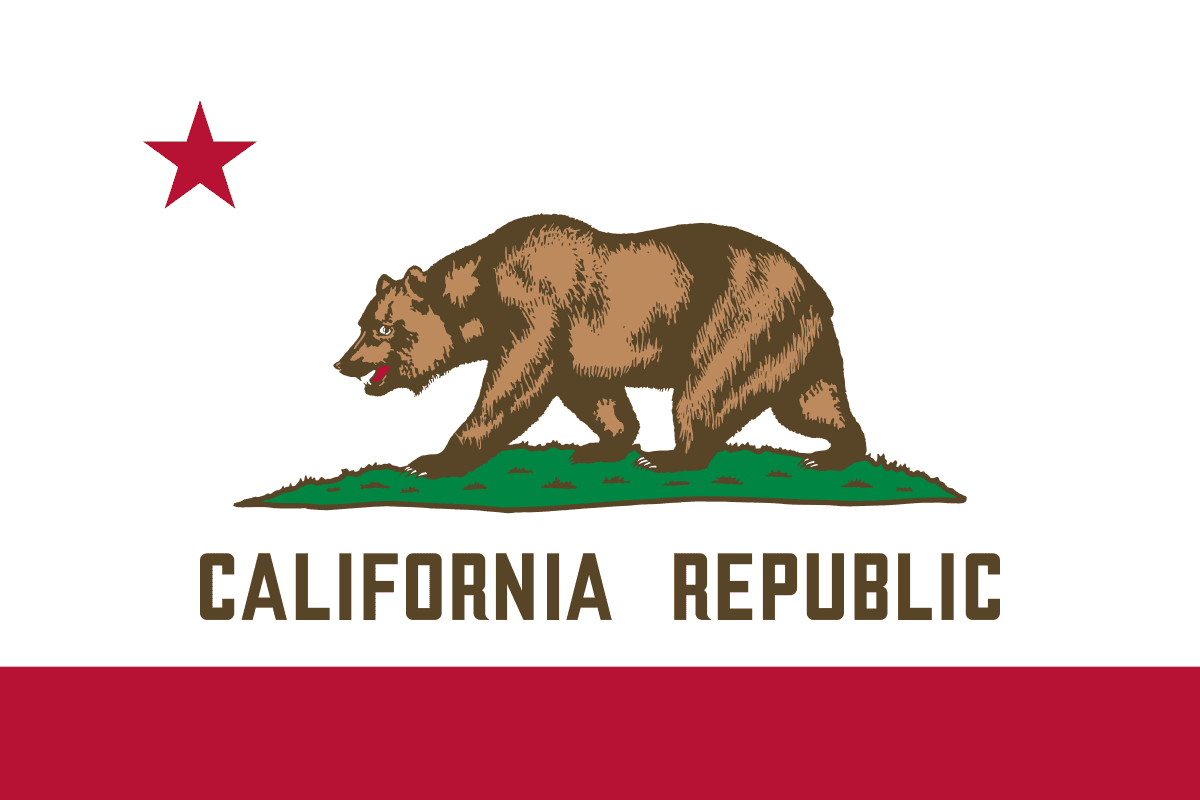 2.California
2.CaliforniaThe Golden State. Home to Hollywood and the Silicon Valley. Produces 80% of the world's almonds. What a great state. Although these days its major cities of Los Angeles and San Francisco are full of drug addicts who poop in the streets. That's too bad :(
- 2
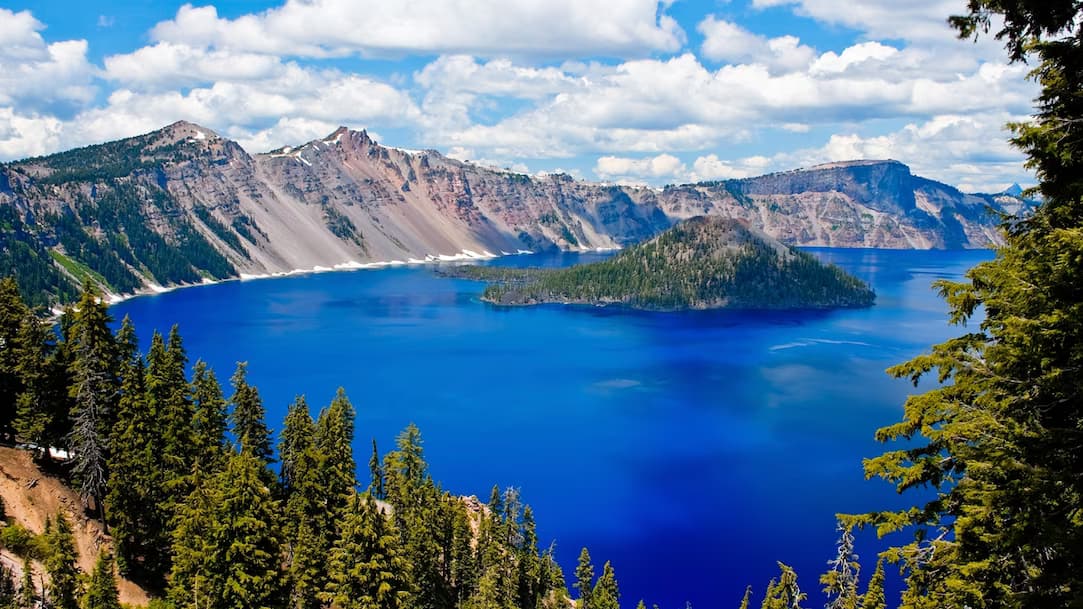 3.Oregon
3.Oregonthe best state around. very beautiful. Okay maybe Portland is weird.
- 1
 6.Texas
6.TexasThe best state with affordable real estate, no state income tax, no corporate income tax.
- 1
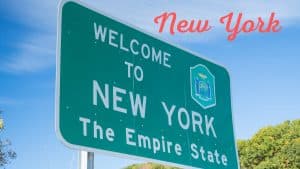 7.New York
7.New YorkHome of NYC and Niagara Falls. There is no city like NYC, and you're just a train ride away from the beautiful Hudson Valley.
- 3
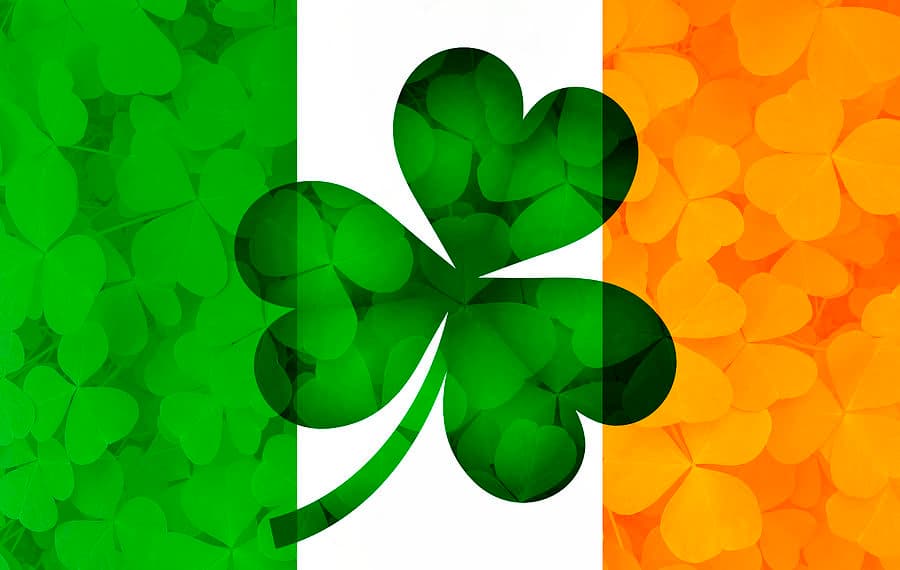 1.Ireland
1.IrelandIreland is a small country with a big presence. Its capital, Dublin, is a lively city known for its mix of history, culture, and modern energy. Walk through the streets and you’ll find Georgian buildings, contemporary architecture, and plenty of places to hear live music or have a chat over a coffee—or a pint. The country has changed a lot over the past few decades. Once more rural and conservative, modern Ireland is progressive and increasingly diverse. It's known for its strong economy, driven in part by tech and finance companies that have set up shop in Dublin. But away from the business districts, life moves at a slower pace, especially in smaller towns and the countryside. Culture runs deep. Ireland has long punched above its weight in literature, music, and the arts. Writers like James Joyce and W.B. Yeats are still celebrated, but contemporary authors, filmmakers, and musicians continue to make their mark. Traditional Irish music hasn’t faded—it just sits comfortably alongside modern genres, often blending with them in interesting ways. Dance, especially the kind popularized by Riverdance, remains part of the cultural fabric without feeling forced or overly nostalgic. Food in Ireland has shifted from its meat-and-potatoes reputation. While hearty stews and fresh-baked bread are still common, there’s been a focus on fresh, local ingredients and creative cooking. In coastal areas, you’ll find top-quality seafood, and farmers' markets are popular across the country. Sport plays a big part in daily life. Gaelic games like football and hurling are uniquely Irish and deeply connected to local pride, but people follow soccer, rugby, and golf with just as much enthusiasm. While Ireland’s landscape is famous—green fields, dramatic coastlines, and rugged hills—it’s not just postcard scenery. Many people live in suburban areas, and the country has seen growing urban development. Still, nature is never far away. Ireland’s recent history includes both economic highs and lows, as well as major social changes. The country has legalized same-sex marriage, eased restrictions on abortion, and shifted away from the strong influence of the Catholic Church. Yet, traditional values like community and hospitality haven’t disappeared—they’ve just adapted to a changing world. At its core, Ireland is a place that blends the old with the new. It’s a country where centuries-old traditions coexist with modern ideas, where the past is present but doesn’t overshadow the future.
- 2
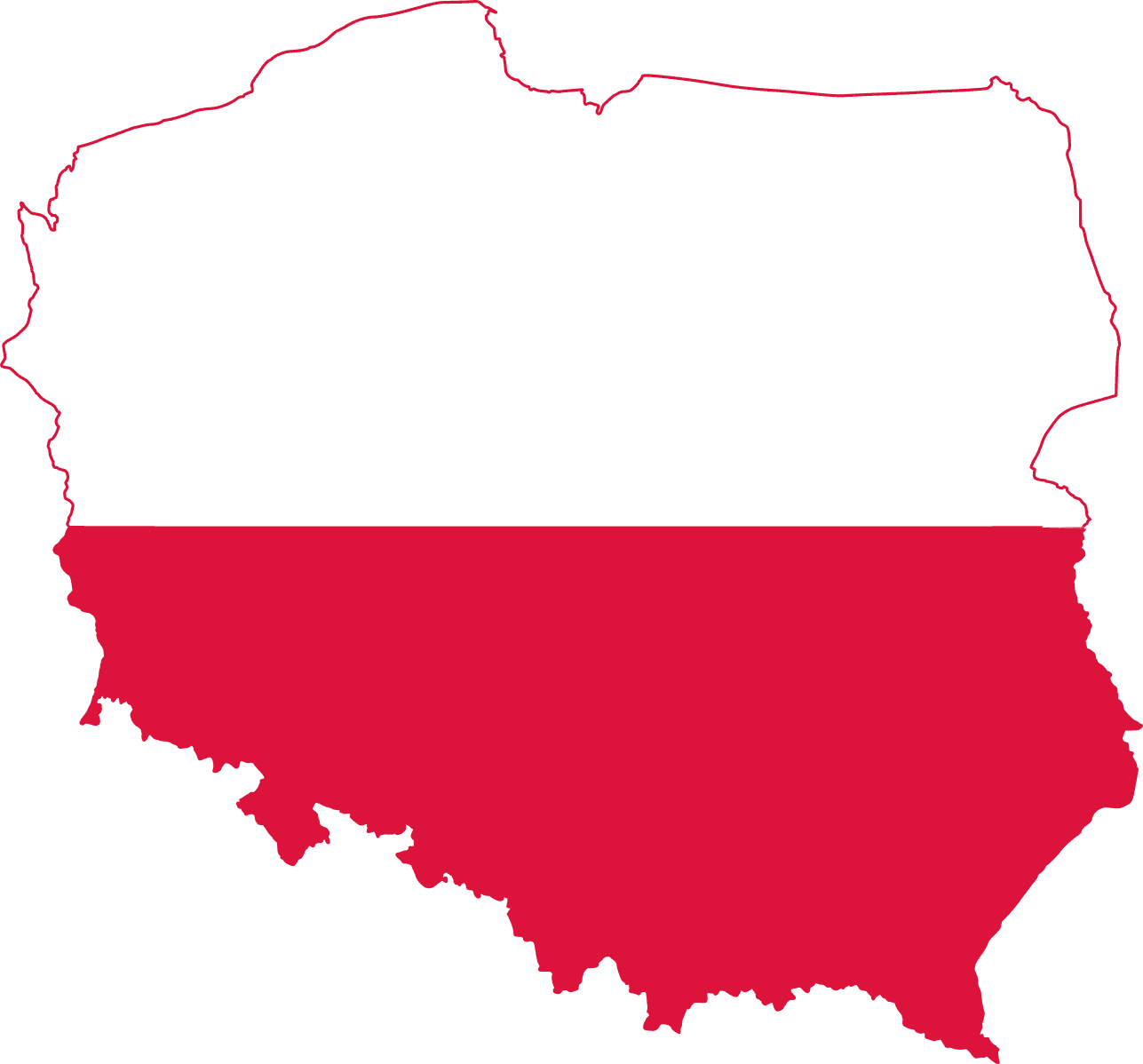 2.Poland
2.PolandPoland sits in Central Europe, stretching from the Baltic Sea in the north to mountains in the south. It shares borders with Germany to the west, Lithuania and Russia to the northeast, and several other countries along the east and south. Its landscape is a mix—flat plains in the center and north, and hilly or mountainous areas in the south. The coastline along the Baltic Sea is known for sandy beaches and coastal ridges. Inland, there are thousands of lakes, especially in the northeast, and big rivers like the Vistula and Oder cut across the land. The weather is temperate. Summers are warm, winters moderately cold. Rain tends to fall more during the summer months, and winters are becoming drier over time. Poland has deep roots in European history. It became a kingdom in 1025, later forming a powerful union with Lithuania. The Polish–Lithuanian Commonwealth was once one of Europe’s biggest states, with a unique political system. Poland's fortunes shifted in the late 18th century, when its neighbors carved it up, erasing it from maps for over a century. It re-emerged after World War I, only to be invaded at the start of World War II—a conflict that brought devastation and the horrors of the Holocaust. After the war, Poland fell under Soviet influence, but by 1989, it was the first Eastern Bloc country to shake off communism, thanks largely to the Solidarity movement. Today, Poland is a democratic country with a population of over 38 million. Warsaw, the capital, is the largest city. Others like Kraków, Gdańsk, and Wrocław are known for historic centers and vibrant culture. The economy is strong, with Poland being one of the larger economies in the European Union. Nature lovers come for places like the Tatra Mountains or the ancient Białowieża Forest, home to Europe’s largest land mammal—the European bison. There are 23 national parks, and over 17 sites are recognized as UNESCO World Heritage locations, from medieval town squares to the haunting Auschwitz-Birkenau memorial. Culturally, Poland has a rich tradition of music, literature, and art. Composer Frédéric Chopin and novelist Joseph Conrad both came from here. More recently, Poland’s fantasy literature, like Andrzej Sapkowski’s The Witcher series, has found global fame. Polish cuisine is hearty, with dishes like pierogi (dumplings), bigos (a cabbage and meat stew), and żurek (sour rye soup). Vodka has its roots here, but beer and wine are also popular. Sports are big in Poland—football (soccer) is a national passion, though volleyball and speedway racing attract large crowds too. The country also boasts top tennis players like Iga Świątek and mountaineers who’ve climbed the world’s highest peaks. Despite its complicated past, Poland today balances its historical heritage with modern growth. Old town squares sit beside new buildings, and traditions are kept alive alongside a fast-developing economy and infrastructure.
- 1
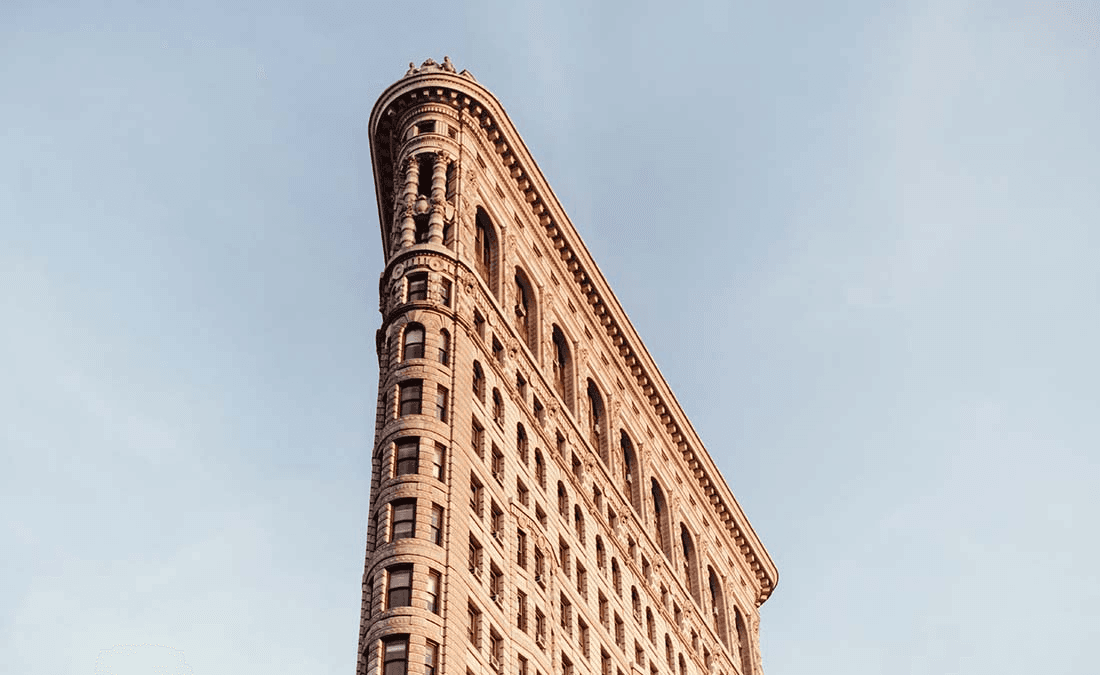 2.See the Flatiron Building
2.See the Flatiron BuildingA visit to New York City isn't complete without seeing the iconic Flatiron Building. Built in 1902, this 22-story, triangular skyscraper sits at the intersection of Fifth Avenue and Broadway. Known for its unique shape that resembles a cast-iron clothes iron, it's a favorite among tourists and photographers. The Flatiron anchors the vibrant Flatiron District and has been a National Historic Landmark since 1989. Its distinctive Renaissance Revival architecture makes it a standout in Manhattan's skyline. Perfect for a quick photo-op or a leisurely stroll around the neighborhood!
- 1
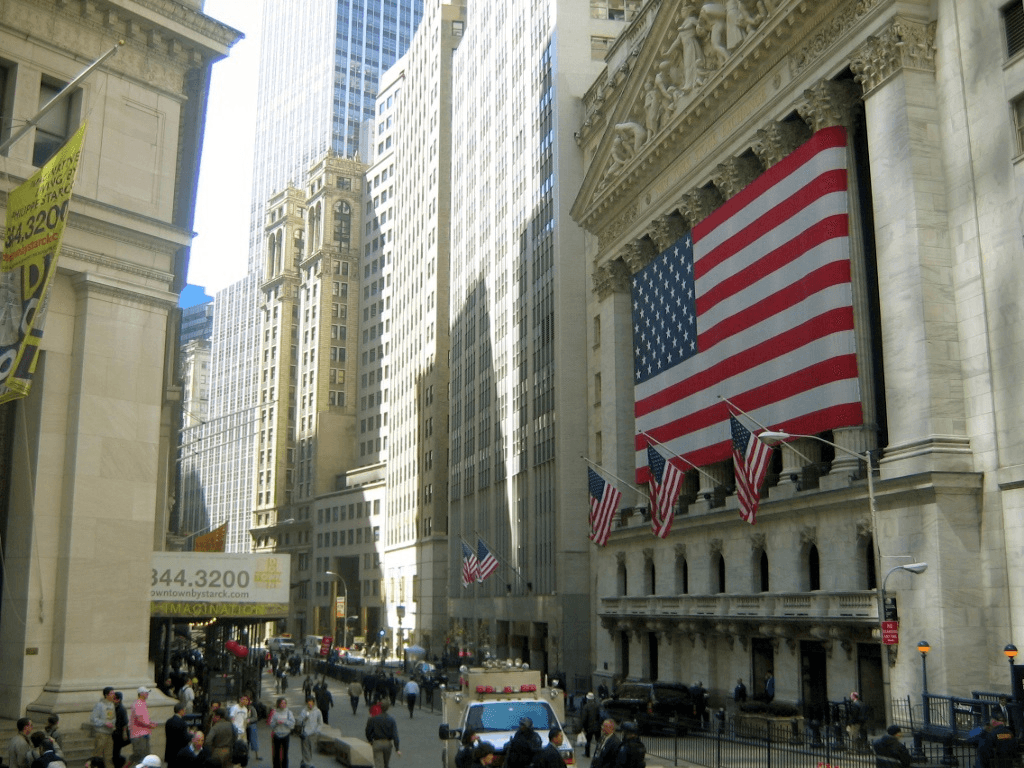 5.Visit Wall Street
5.Visit Wall StreetWall Street, located in the Financial District of Lower Manhattan, is not just the heart of America's financial industry but also a cultural landmark deeply woven into the fabric of New York City. It's famous for being the epicenter of financial markets, home to the New York Stock Exchange (NYSE) and several other major financial institutions. This iconic street has been depicted in numerous movies and TV shows, such as "The Wolf of Wall Street," "Trading Places," and "Billions," symbolizing both the allure and pitfalls of high finance.
- 3
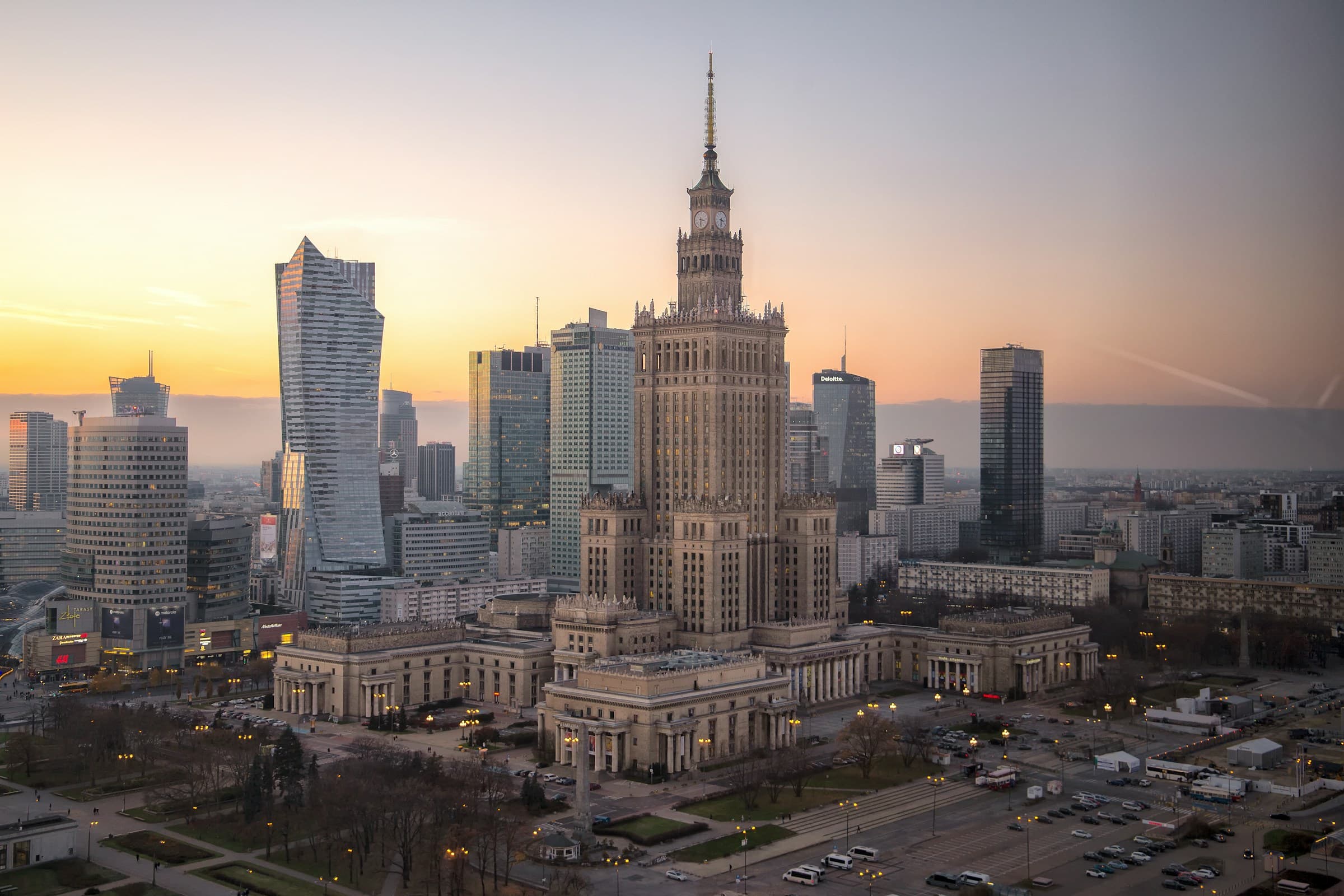 1.Warsaw, Poland
1.Warsaw, PolandWarsaw is the capital of Poland, sitting on the Vistula River in the east-central part of the country. With nearly 1.9 million people in the city and over 3 million in the wider metropolitan area, it’s Poland’s biggest city. It’s a place where old and new collide—modern skyscrapers stand next to rebuilt historic districts, and its skyline is a mix of glass towers and ornate churches. The Old Town, destroyed in World War II and painstakingly rebuilt, is now a UNESCO World Heritage Site. Walking through its cobblestone streets, you’ll find the Royal Castle and the colorful Market Square. Not far off is the Royal Route, a stretch of old palaces, churches, and the Presidential Palace, leading down to the grand Wilanów Palace and its gardens. Despite the scars of war—most of the city was flattened during WWII—Warsaw bounced back fast. The post-war communist era left a mark with grey apartment blocks and the towering Palace of Culture and Science, a gift from the Soviet Union that’s still one of the tallest buildings in Poland. Now, Warsaw’s business district is full of sleek glass skyscrapers, including the Varso Tower, the tallest in the EU. Green spaces are everywhere. Łazienki Park, home to peacocks and the Chopin monument, is a popular spot for Sunday strolls. The Vistula Riverbanks are packed with bars and cycling paths in summer. Even with its urban sprawl, about a quarter of the city is covered by parks and forests. Warsaw’s history is complicated. It was once a cultural melting pot, with a large Jewish community before the Holocaust. The city remembers that past with places like the POLIN Museum and the remnants of the Warsaw Ghetto. It also honors its wartime resistance, especially the 1944 Warsaw Uprising, with monuments and the powerful Uprising Museum. The city’s cultural life is rich. It hosts jazz festivals, classical concerts (especially anything Chopin-related), and has a buzzing nightlife. Food-wise, you’ll find everything from traditional Polish pierogi and hearty soups to modern vegan spots and Michelin-starred restaurants. There’s even a strong café culture, with old-school spots alongside trendy coffee bars. Weather in Warsaw is typical for Central Europe—cold, snowy winters and warm, sometimes stormy, summers. Spring and autumn can be mild and pleasant, though the weather can change quickly. In short, Warsaw is a city of contrasts. It’s got a tragic past but a vibrant present, blending historic charm with modern energy. Whether you’re wandering through its parks, exploring museums, or sipping coffee along the river, there’s plenty to take in.
- 0
 3.Lisbon, Portugal
3.Lisbon, PortugalLisbon sits on the western edge of Europe, right where the Tagus River meets the Atlantic Ocean. The city is built on a series of hills, which gives it sweeping views of red-tiled rooftops, cobbled streets, and the water beyond. Walking around, you’ll notice how the narrow lanes twist and turn, especially in neighborhoods like Alfama, where clotheslines stretch between buildings and the smell of grilled sardines lingers in the air. It’s a place where old and new blend together. You’ll find trams from the early 20th century rattling through streets, while modern glass buildings rise up in other parts of town. Down by the river, the Belém Tower and Jerónimos Monastery, both from the Age of Discovery, remind you that Portuguese explorers once set out from this very spot. Lisbon gets plenty of sunshine—nearly 3,000 hours a year. Summers are warm and dry, while winters stay cool and damp, but not too cold. Along the riverbanks, locals sit at cafés, sipping coffee or wine, while ferry boats glide across the water. Economically, Lisbon is Portugal’s hub, with banking, tech companies, and tourism bringing in most of the money. There’s a steady flow of visitors, drawn by the mild weather, historic sites, and laid-back vibe. Despite the city’s modernization, many residents struggle with rising living costs, especially with the influx of tourists and expats driving up housing prices. Culturally, the city is rich. Fado music echoes from small bars, and street art colors many walls. Markets buzz with fresh produce and seafood. People here celebrate Saint Anthony’s festival in June with street parties, music, and grilled sardines everywhere you look. Getting around is easy enough. There’s an extensive metro system, old-school trams, buses, and even ferries to cross the river. And if you fancy a bit of green space, parks like Eduardo VII Park or Monsanto Forest Park offer a break from the city streets. In short, Lisbon is a city that wears its history proudly but doesn’t mind embracing the modern world. It’s got a relaxed pace, friendly locals, and a charm that’s hard to shake.
- 2
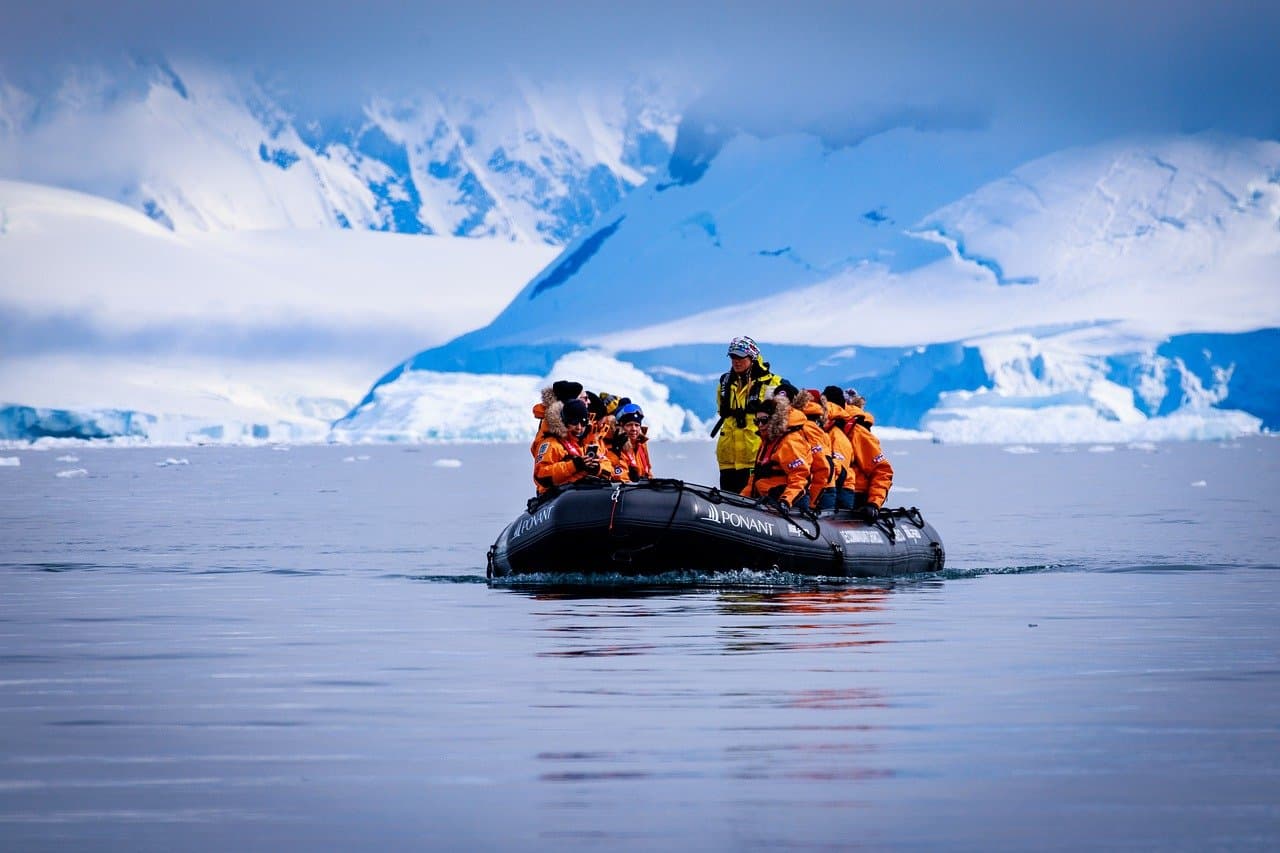 1.Antarctic Cruise
1.Antarctic CruiseAntarctica remains one of the least-visited places on Earth due to its remoteness and challenging environment. An Antarctic cruise offers adventurers unique, pristine landscapes, abundant wildlife (penguins, seals, whales), exciting activities (kayaking, hiking, camping) in one of the world's most remote locations.It's an adventure few others have experienced!
- 1
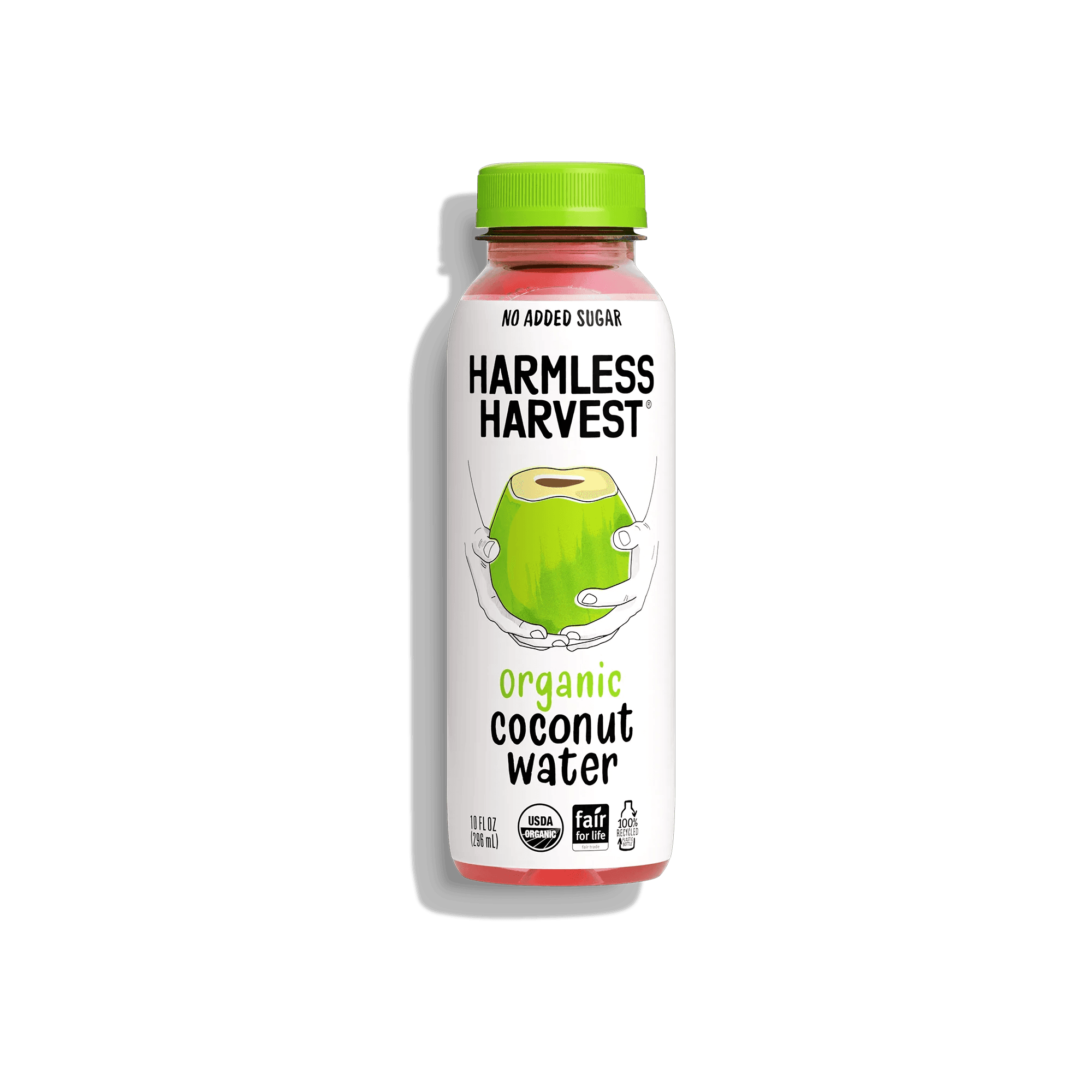 7.Harmless Harvest Organic Coconut Water
7.Harmless Harvest Organic Coconut WaterHarmless Harvest Organic Coconut Water is a pure, single-ingredient coconut water made from organic Thai coconuts. It stands out because of its naturally pink color, which happens due to antioxidants in the coconut water reacting with light and oxygen. The pink hue doesn’t change the taste—it’s still naturally sweet, crisp, and refreshing. This coconut water has no added sugar, preservatives, or artificial ingredients. It’s packed with electrolytes, including potassium, making it a good choice for hydration, whether you’re working out, recovering from a night out, or just looking for a refreshing drink. It can also be used in smoothies, cocktails, or just straight from the bottle. Harmless Harvest focuses on sustainability and ethical sourcing. Their coconut water is USDA Organic certified, Fair for Life certified, and their bottles (excluding the cap and label) are made from 100% recycled plastic. The company partners with organic farms that use sustainable farming practices, ensuring no synthetic fertilizers or pesticides are involved. The coconut water comes in various sizes, with a 10oz 12-pack priced at around $48. It’s available for purchase online and in stores. Since it’s perishable, it should be kept refrigerated once received. While it doesn’t require refrigeration during shipping, chilling it before drinking helps maintain its fresh, clean taste.
- 2
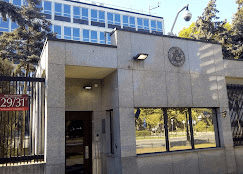 1.U.S. Embassy Warsaw
1.U.S. Embassy WarsawThe U.S. Embassy in Warsaw is on Aleje Ujazdowskie, surrounded by other embassies and government buildings. It’s a large, modern building with tight security. The embassy handles visas, helps U.S. citizens, supports American businesses, and works on diplomatic relations with Poland. It also promotes cultural exchanges and coordinates military cooperation between the two countries. Most people go there for travel documents or official matters. It’s straightforward—focused on diplomacy, paperwork, and keeping U.S.-Poland ties strong.
- 2
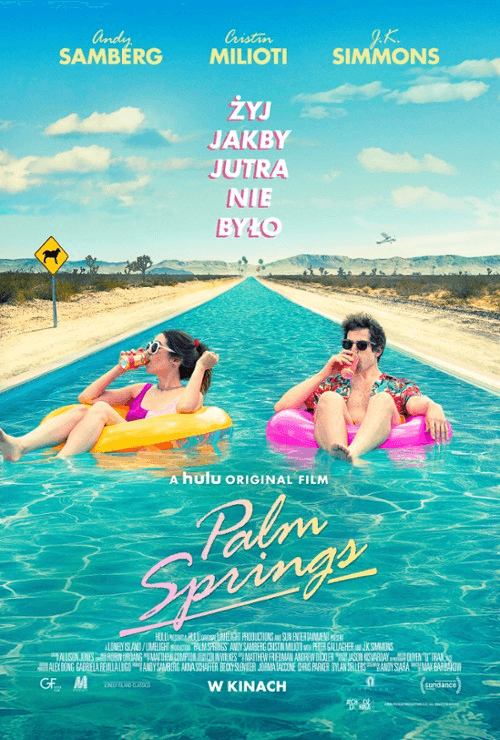 2.Palm Springs
2.Palm SpringsPalm Springs is a refreshing take on the time loop genre, blending romantic comedy with science fiction. Directed by Max Barbakow and starring Andy Samberg and Cristin Milioti, this 2020 film follows the story of Nyles and Sarah, who find themselves stuck in a never-ending wedding day in the desert. As they navigate their surreal circumstances together, the movie explores themes of love, existence, and self-acceptance, all while delivering plenty of laughs and heartfelt moments.
